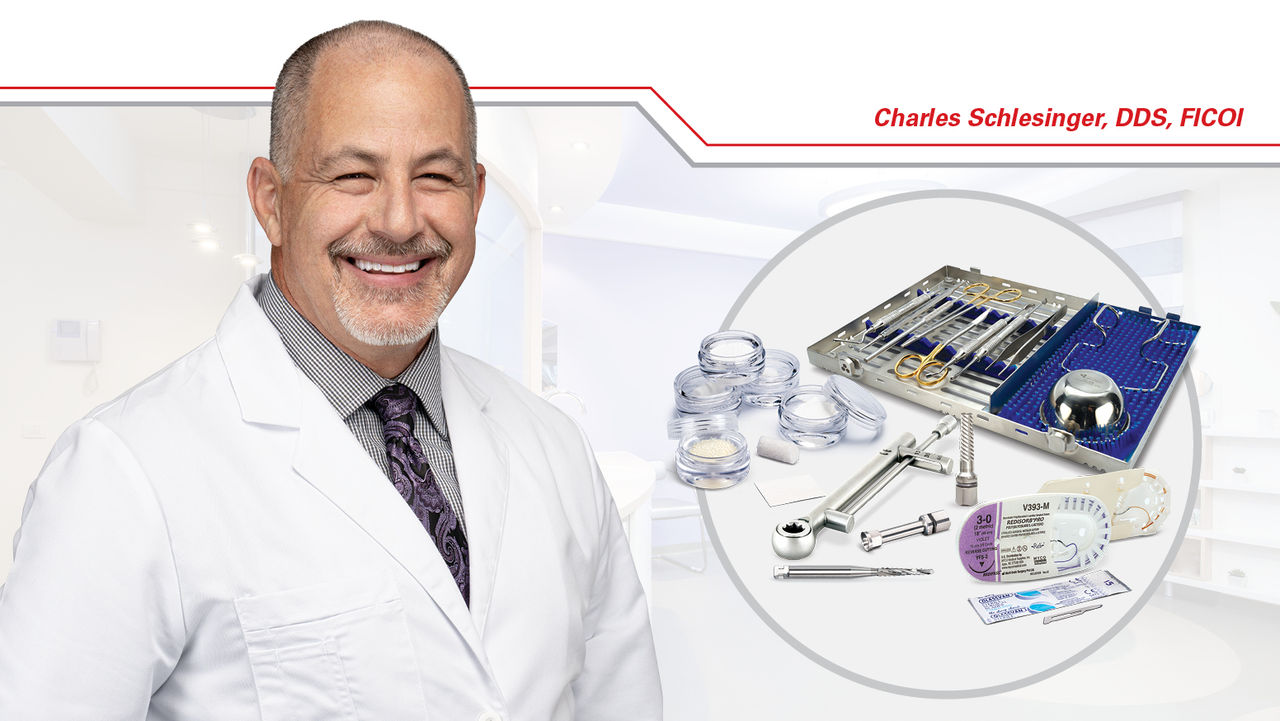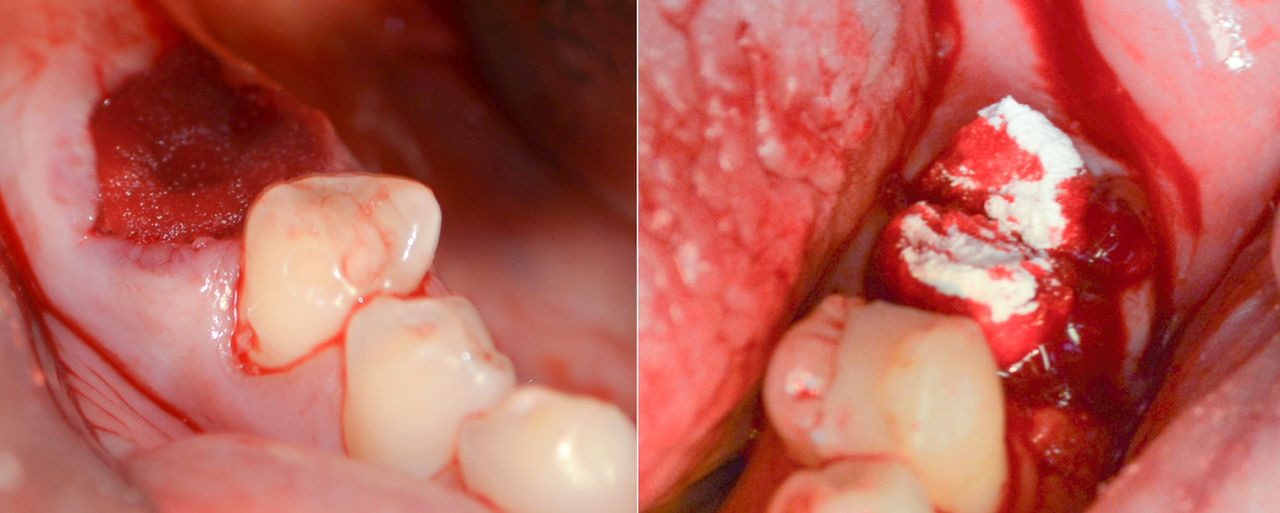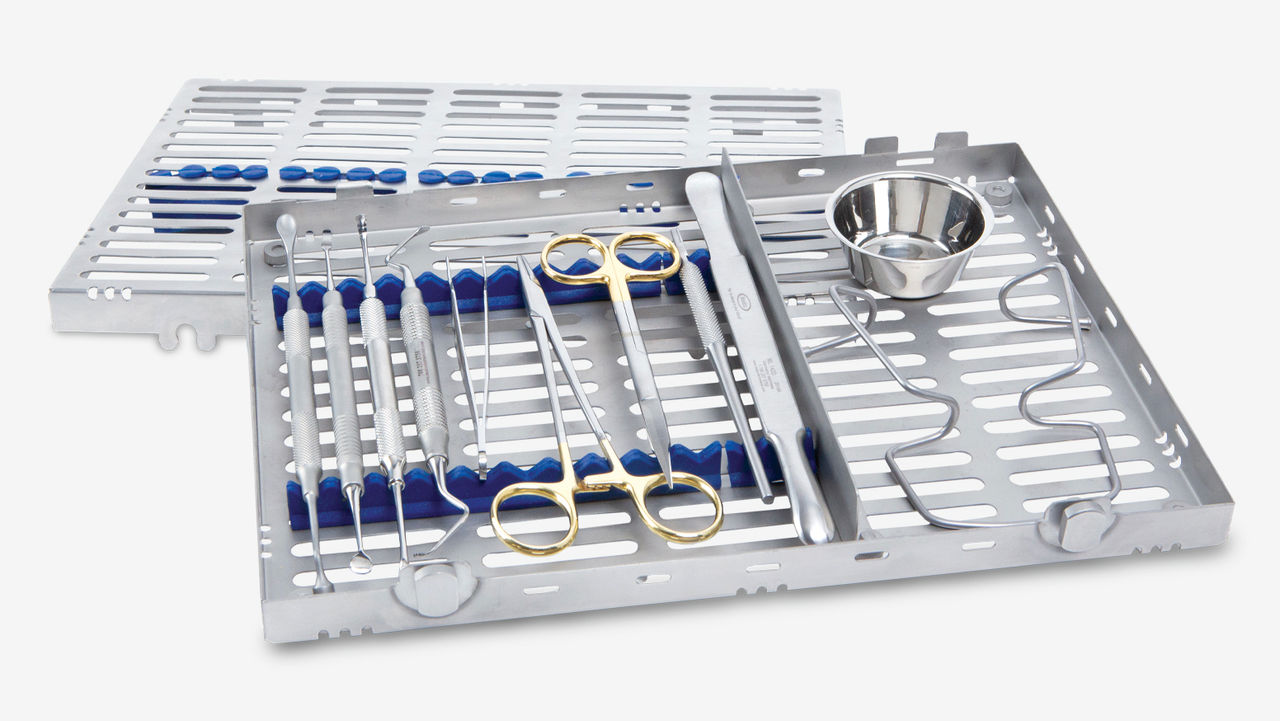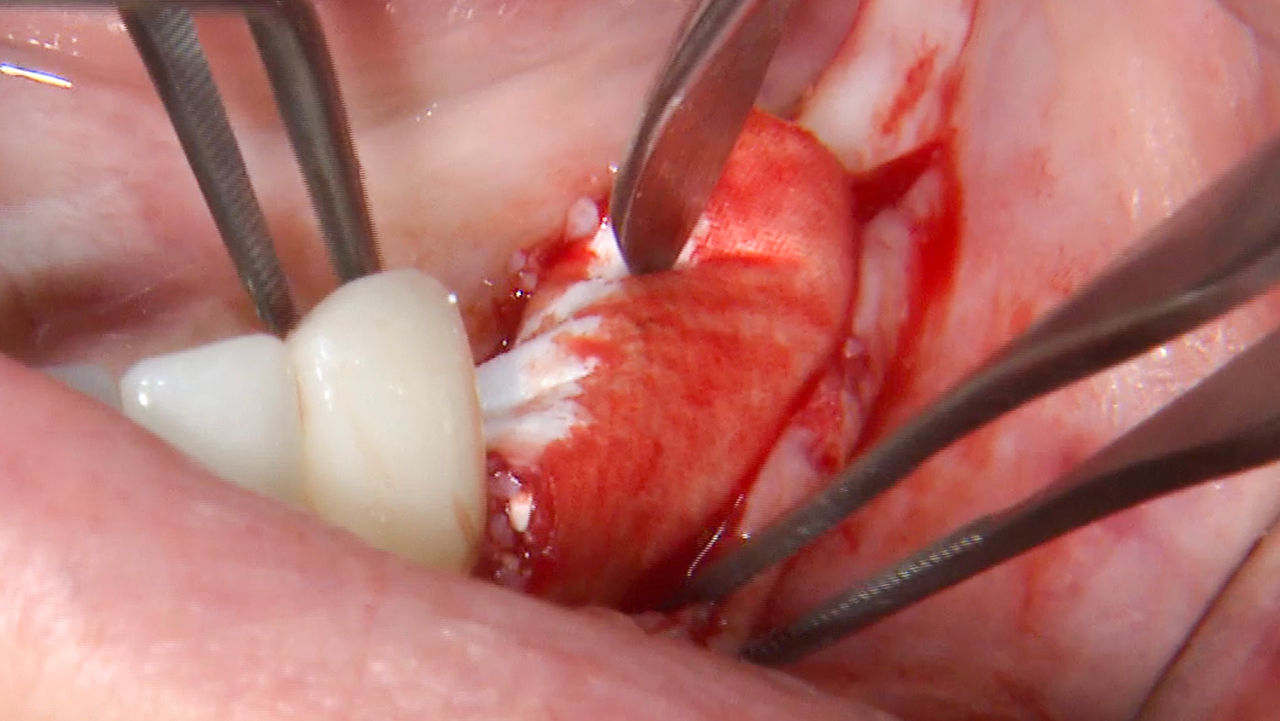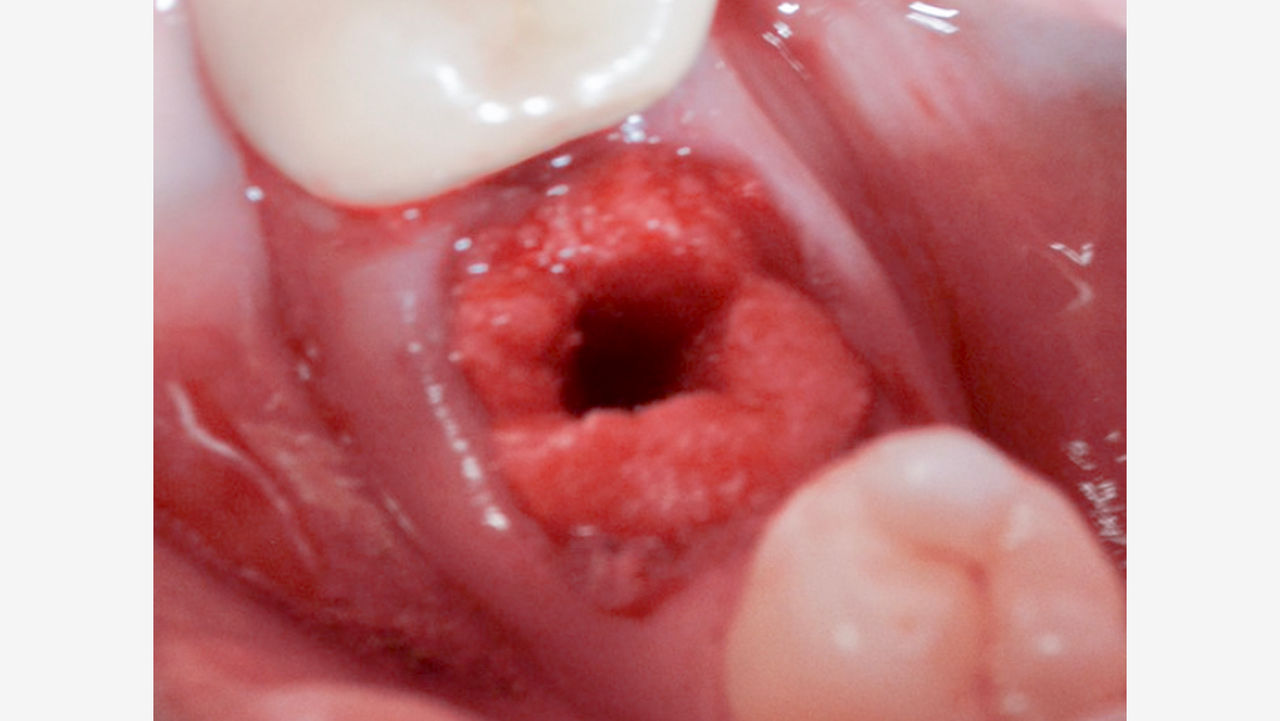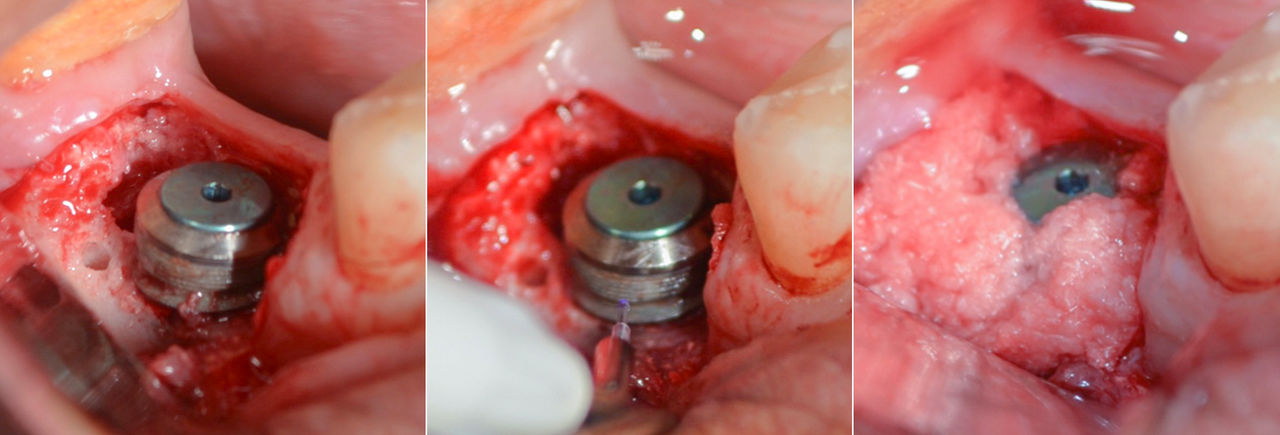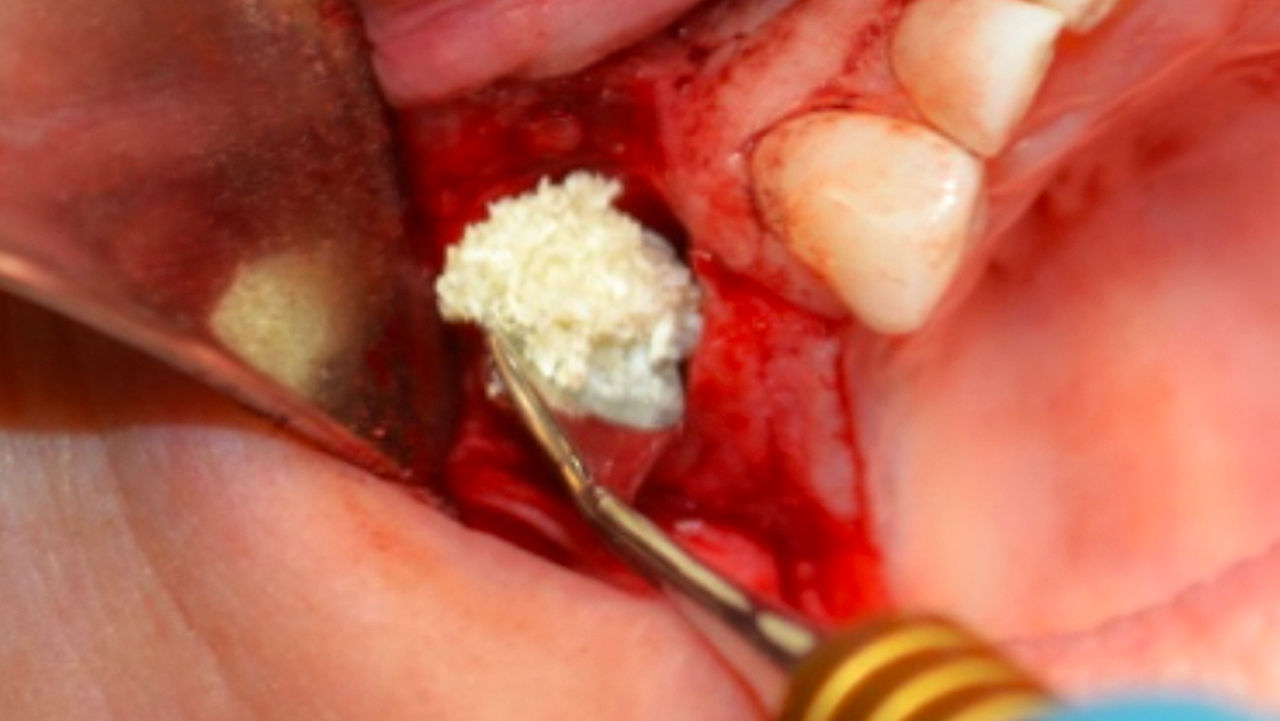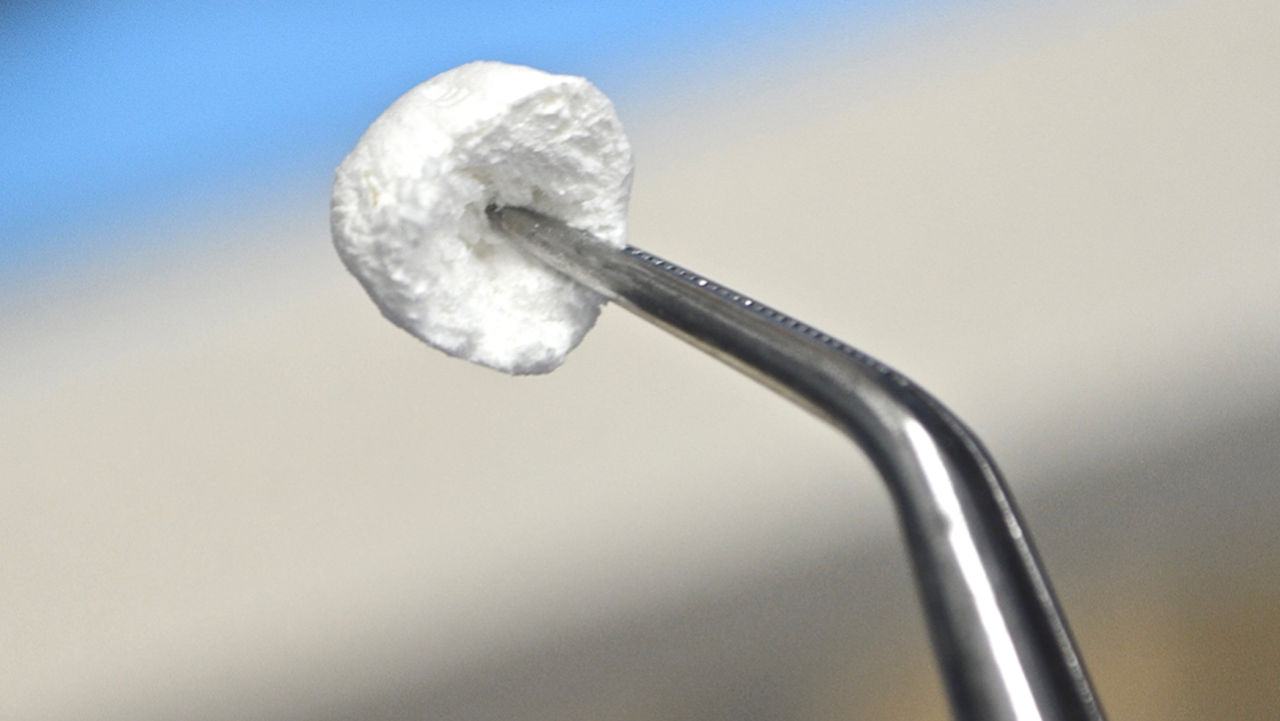Dental Videos
- Charles Schlesinger, DDS, FICOI: “Grafting the Gap: Bone Grafting When Placing Immediate Implants”
- Randolph R. Resnik, DMD, MDS: “8 Steps to Successful Bone Augmentation”
Dental CE
- Free online CE course by Timothy Kosinski, DDS: “Replacement of a Maxillary First Molar: Extraction, Socket Grafting and Sinus Lift”
- Free online CE course by Amanda Sheehan, DDS: “7 Steps for Treating Fenestrations Within Implant Sites”
- Free online CE course by Randolph R. Resnik, DMD, MDS: “Guided Bone Regeneration: 8 Steps to Successful Ridge Augmentation”
- Free online CE course by Paresh B. Patel, DDS: “Atraumatic Extraction & Socket Grafting”
- Free online CE course by Randolph R. Resnik, DMD, MDS: “Extraction and Socket Grafting: Part 1 — Atraumatic Extraction”
- Free online CE course by Randolph R. Resnik, DMD, MDS: “Extraction and Socket Grafting: Part 2 — Extraction Site Healing”
- Free online CE course by Randolph R. Resnik, DMD, MDS: “Extraction and Socket Grafting: Part 3 — Socket Grafting Protocol”
In Person and Online Hands-On Dental CE Courses
- Taylor Manalili, DDS: “Grafting and Suturing: Foundation Skills for Socket Preservation and Implant Site Preparation”
- Charles, Schlesinger, DDS: “Hard Tissue Grafting: Hands-On Pig Jaw Course”
- Paresh B. Patel, DDS: “Implant Surgery: A Comprehensive Review Utilizing Freehand and Guided Techniques”
- Timothy F. Kosinski, DDS: “Surgical Placement of Dental Implants: A Restorative-Driven Approach”


